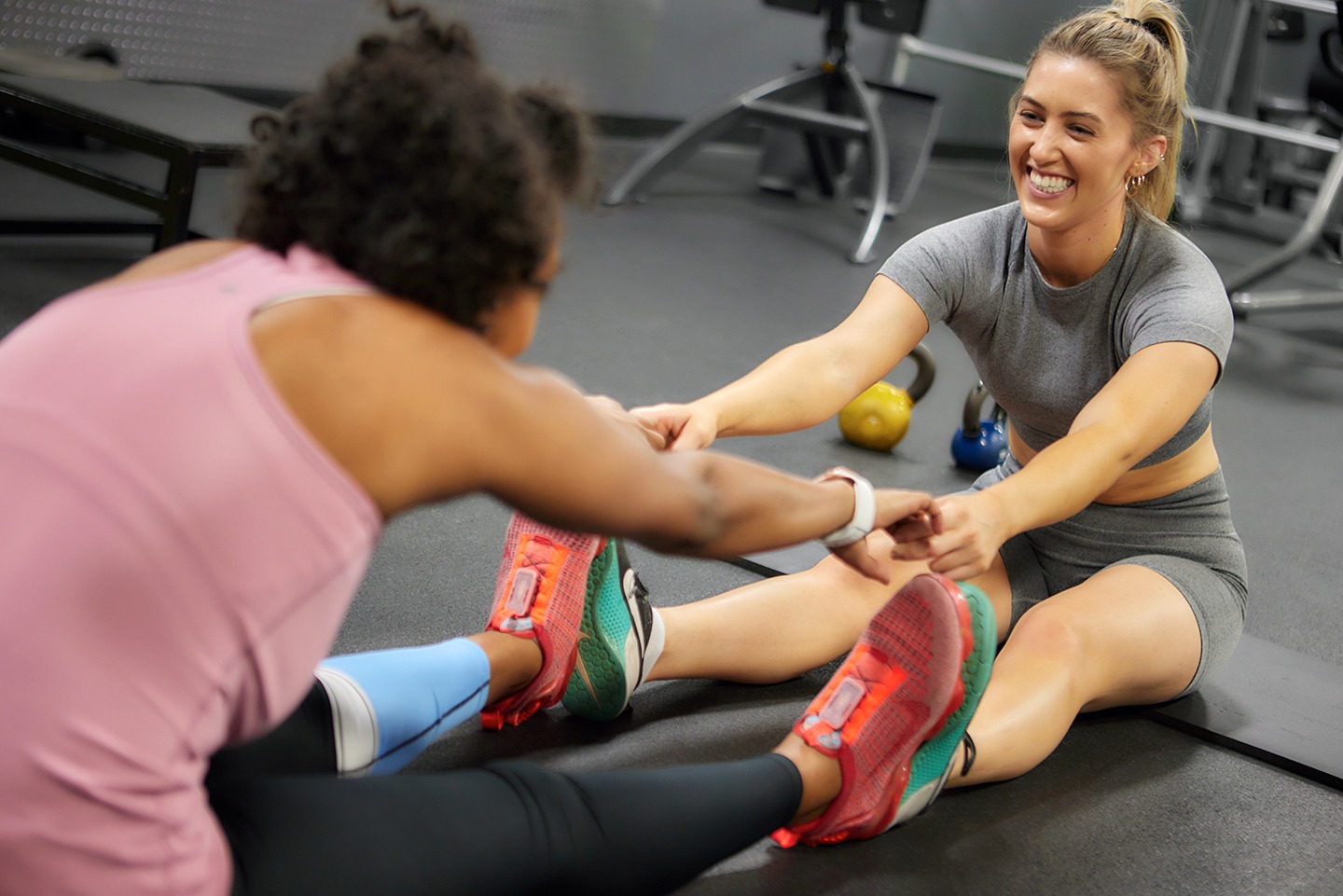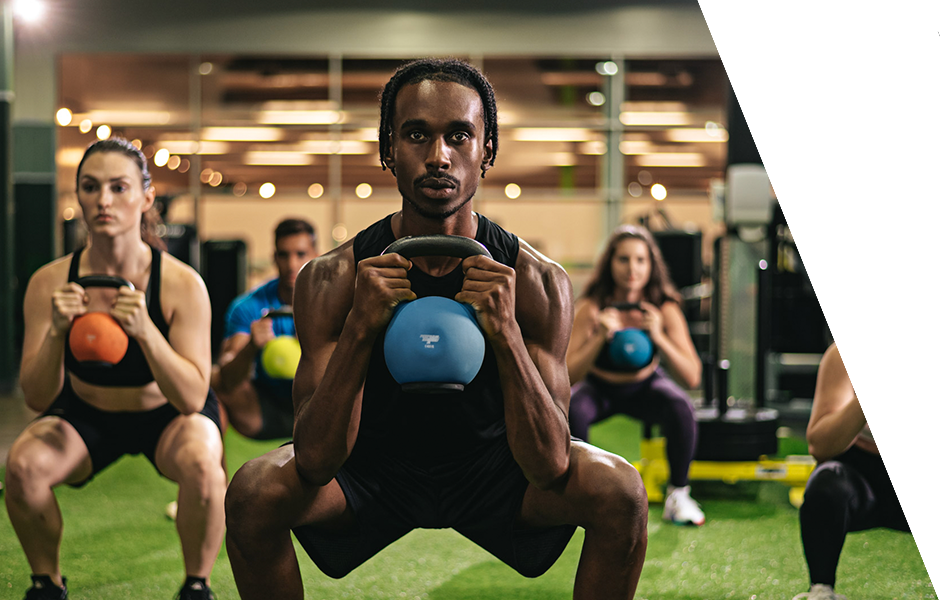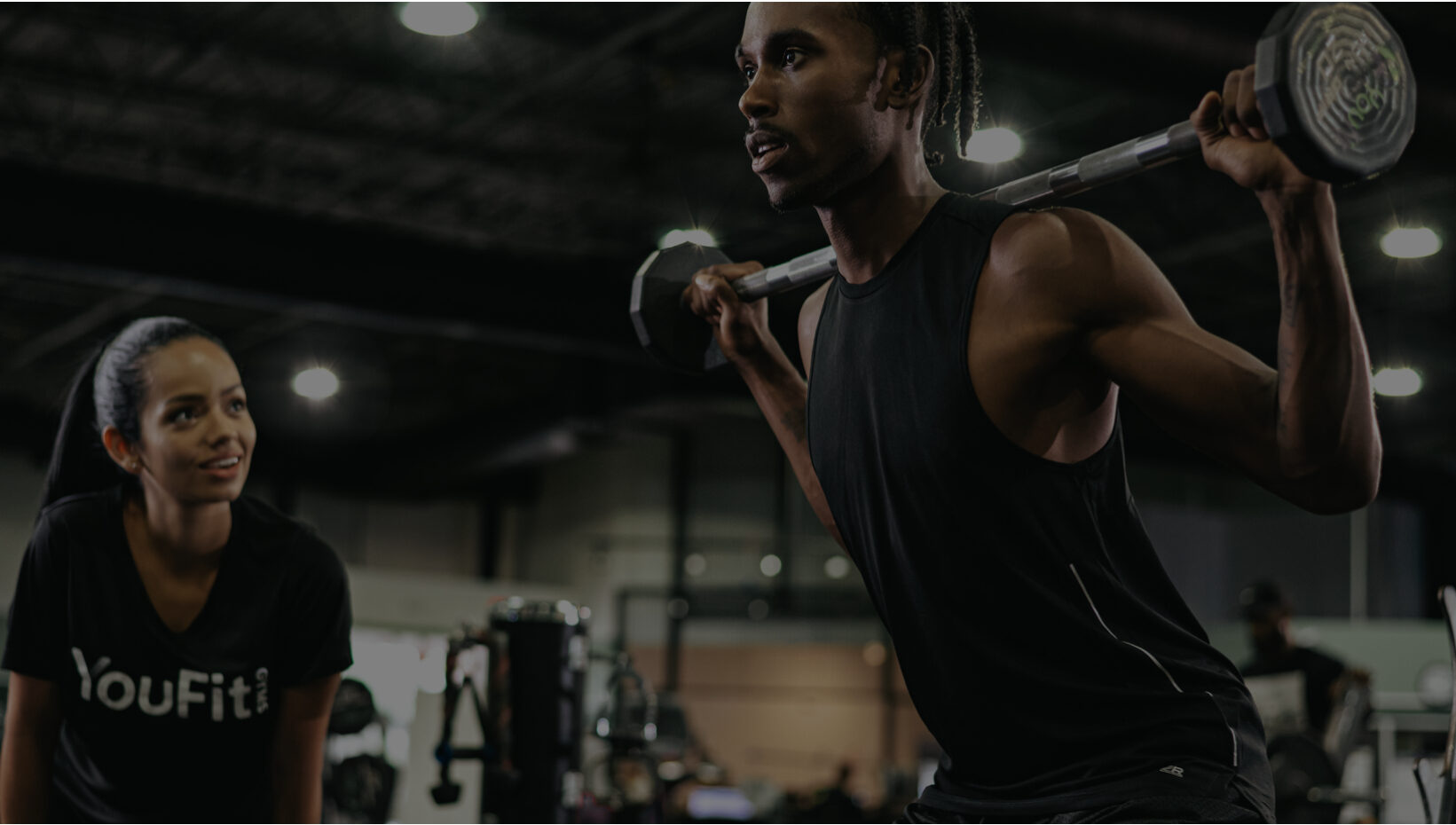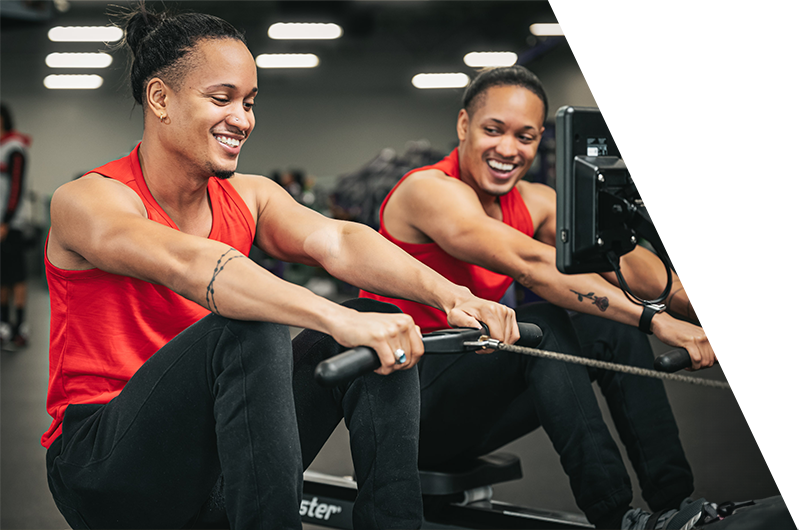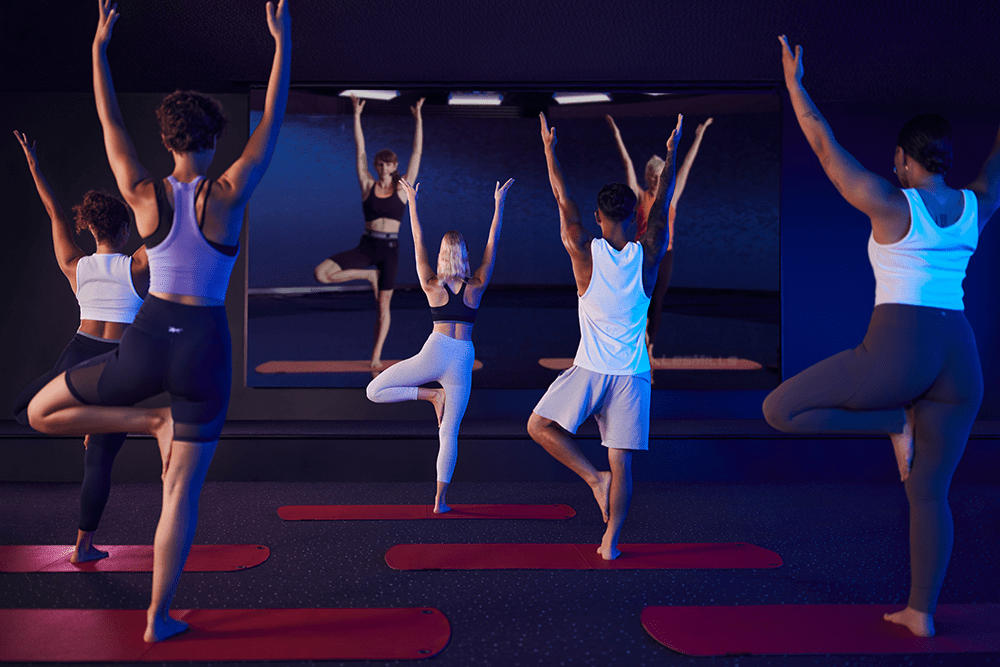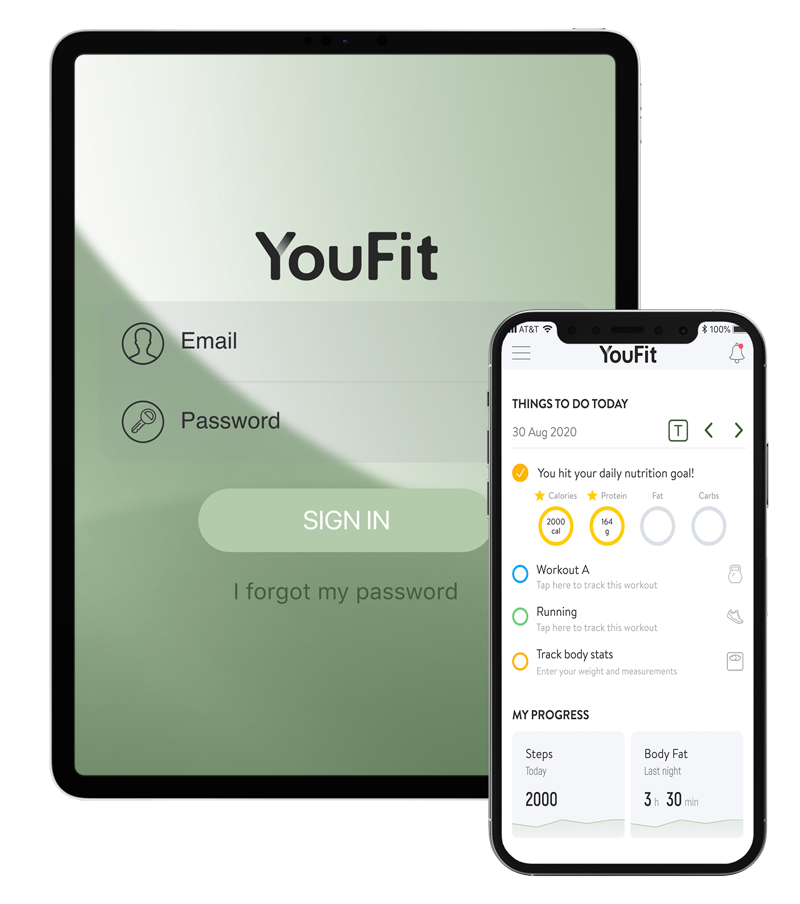Your Roadmap to Healthy Movement
Your joints are the unsung heroes of your workouts. They allow you to bend, twist, lift, and move your body in numerous ways. Healthy joints are essential not just for a great gym session, but for overall well-being and enjoying an active life. Let’s dive into the basics of joint health and how to keep yours strong and pain-free.
Understanding Your Joints
What are joints? Joints are where two or more bones connect. They are complex structures made up of cartilage (that smooth covering on the ends of bones), synovial fluid (for lubrication), ligaments (connecting bones to each other), and tendons (connecting muscles to bones).
Your body has different joints for different purposes:
- Hinge joints like your elbows and knees are for bending and straightening.
- Ball-and-socket joints like your hips and shoulders provide your range of motion.
- Pivot joints like your neck can even rotate in every direction!
Common Joint Troubles for Fitness Enthusiasts
Hitting the gym is all about pushing yourself towards a stronger, healthier you. But sometimes, that dedication can lead to unexpected roadblocks – joint troubles. Here’s a breakdown of some common culprits and how to keep them at bay:
1. Repetitive Strain and Overuse Injuries
Imagine yourself pumping iron with unwavering determination. While that drive is admirable, excessive repetitions of the same movement or pushing beyond your limits too soon can lead to overuse injuries. These occur when the tissues surrounding your joints, like tendons and bursae, become inflamed from repetitive stress. The result? Pain, stiffness, and a serious disruption to your workout routine.
The Fix: Listen to your body! Incorporate rest days and gradually increase the intensity and duration of your workouts to allow your joints time to adapt. Consider cross-training with low-impact activities like swimming or yoga to maintain overall fitness while giving your joints a break.
2. Faulty Form
We all strive for that perfect squat or flawless deadlift. But improper lifting technique can wreak havoc on your joints. Imagine a squat with a rounded back — that extra stress gets transferred to your spine and knees, potentially leading to pain and injury.
The Fix: Seek guidance from a certified trainer who can assess your form and ensure you’re performing exercises safely and effectively. They can also teach you proper body mechanics to distribute force evenly across your joints.
3. Muscle Imbalances
Our bodies are intricate networks of muscles, and ideally, they work together in harmony. However, weakness in certain muscle groups can lead to imbalances. When one muscle group is stronger than its opposing counterpart, it can pull your joints out of alignment, causing unnecessary stress and pain.
The Fix: Strength training programs designed by a trainer can help identify and address muscle imbalances. They’ll incorporate exercises that target weaker muscle groups, restoring balance and protecting your joints from undue strain.
4. Pre-Existing Limitations
Some individuals may have pre-existing conditions like arthritis that can be aggravated by exercise. This doesn’t mean you have to give up on your fitness goals entirely!
The Fix: Consult with a healthcare professional to create a safe and effective exercise plan that accommodates your condition. YouFit Gyms offer a variety of low-impact exercise options like water aerobics or Pilates that can help you stay active without putting undue stress on your joints.
By understanding these common joint troubles and taking preventive measures, you can minimize your risk of injury and stay on the path to a healthier, stronger you.
Remember, consistency and proper technique are key! Don’t hesitate to seek guidance from a YouFit trainer to ensure your workouts are safe and effective.
Signs of Joint Problems
Pushing your limits in the gym is a great way to improve, but it’s crucial to pay attention to your body’s signals. Here are some red flags that might indicate you’re dealing with joint trouble:
1. Pain and Stiffness
This is a classic sign, but the timing can offer valuable clues. Pain during your workout could indicate improper form or pushing too hard. Stiffness that lingers after your workout might suggest inflammation or overuse.
2. Swelling and Redness Around the Joint
Visual signs like puffiness or discoloration around a joint are cause for concern. These symptoms often accompany inflammation and can be a sign of injury.
3. Decreased Range of Motion
Our joints should move through a full range of motion. If you suddenly find yourself unable to fully bend or extend a joint, like struggling to squat all the way down, it could indicate tightness, inflammation, or even injury.
4. Popping or Clicking Sounds
While an occasional pop or click might not be a cause for alarm, persistent or painful clicking can be a sign of cartilage damage or other underlying issues.
Don’t ignore these warnings. If you experience any of these signs, don’t ignore them! Consult with a healthcare professional to get a diagnosis and create a treatment plan. Early intervention can help prevent further injury and get you back on track to your fitness goals.
Protecting and Strengthening Your Joints
The good news is, you can actively improve your joint health:
- Strength Training: Builds the muscles that support and stabilize joints. Focus on compound exercises (squats, lunges, push-ups) with proper form.
- Flexibility Work: Dynamic stretching before workouts, static stretching afterwards (yoga is fantastic).
- Low-Impact Cardio: Swimming, biking, and elliptical machines are joint-friendly.
- Listen to Your Body: Rest when you’re experiencing pain — don’t ignore discomfort.
Joint-Friendly Nutrition
Just like a car needs the right fuel to run smoothly, your joints need the right nutrients to stay healthy and mobile. Here’s how your diet can play a vital role in keeping your joints happy:
1. The Anti-Inflammatory Powerhouse Foods
A varied diet including these foods is proven to protect and support joint health.
Fatty Fish
Salmon, tuna, sardines, and mackerel are packed with omega-3 fatty acids, renowned for their anti-inflammatory properties. These can help reduce joint pain and stiffness.
The Rainbow on Your Plate
Colorful fruits and vegetables are brimming with antioxidants that fight inflammation throughout the body. Think berries, leafy greens, bell peppers, and tomatoes.
Let’s Get Nuts
Walnuts, almonds, and flaxseeds are rich in omega-3s and healthy fats, which can reduce inflammation and promote joint health.
Whole Grains, Not Refined
Opt for brown rice, quinoa, and whole-wheat bread over white bread and pasta. Whole grains provide sustained energy and essential nutrients that can benefit your joints.
2. Hydration is Key
Your joints rely on a substance called synovial fluid to act as a lubricant and cushion. Adequate hydration ensures your body produces enough synovial fluid, reducing friction and promoting smooth joint movement. Aim for eight glasses of water daily, adjusting based on your activity level and climate.
3. Cautiously Explore Supplements
While dietary changes are a powerful first step, some people may benefit from considering supplements like glucosamine, chondroitin, or fish oil. Important Note: Always discuss these options with your doctor to determine if they’re right for you and avoid any potential interactions with medications you’re already taking.
Remember, a healthy diet rich in the right nutrients goes a long way in keeping your joints healthy and supporting your fitness goals. So fill your plate with colorful goodness, prioritize hydration, and consult your doctor about any potential supplement use. By combining smart eating with proper exercise techniques, you’re setting yourself up for a strong and pain-free journey towards your fitness aspirations.
When to Seek Professional Joint Help
While minor aches and pains can sometimes be addressed with rest and home remedies, there are situations where seeking professional help is crucial. Here are some red flags that indicate it’s time to consult a healthcare professional:
1. Persistent or Worsening Pain
If you experience joint pain that lingers for more than a few days, especially if it worsens despite rest, over-the-counter pain medication, and icing, it’s best to see a doctor. Persistent pain could be a sign of an underlying condition that needs professional evaluation and treatment.
2. Signs of a Severe Injury
In case of a traumatic injury like a fall or a forceful impact, severe pain, swelling, or an inability to bear weight on the joint require immediate medical attention. Don’t hesitate to visit the emergency room or an urgent care center for prompt diagnosis and treatment.
3. Visible Changes to the Joint
Our joints should generally maintain their shape and appearance. If you notice significant swelling around a joint, or deformity where the joint seems misaligned, seek professional help right away. Early intervention can minimize potential complications and promote a faster recovery.
Remember, early diagnosis and treatment of joint problems can significantly improve your chances of a full recovery and prevent long-term complications. Don’t be afraid to seek professional help if you’re experiencing any concerning signs. YouFit Gyms also recommend consulting with a doctor before resuming any strenuous activities after a joint injury.
Empowering Yourself for Joint Health
Taking care of your joints is an investment in yourself, both for today’s fitness goals and for a long, active future. By understanding how your joints work, implementing preventive measures, and knowing when to seek help, you can enjoy pain-free movement for years to come.
Remember, YouFit Gyms is here to support your overall wellness. Take advantage of our offerings!
Sign up for your free three-day pass today!
- Knowledgeable trainers: To ensure your form is safe and effective.
- Group classes: Yoga, Pilates, and others which improve flexibility and strength.
- Injury rehabilitation: Consult with our experts to recover safely.

